Make it stand out
Hit And Run claims
Hit and Run Claims
The majority of motorcyle or motor vehicle accident claims are settled through responsible driver’s insurance. Details are meant to be exchanged at the time of the incident and the insurance process would then run its natural course. However, in instances where the driver flees the scene, these are defined as hit and run.
Those who are involved in a car accident in which the driver has driven away from the scene should initially seek assistance from the Garda but, if that driver cannot be traced, your solicitor can process a claim for the hit and run damage to the car and personal injuries via the Motor Insurers’ Bureau of Ireland.
What Causes a Hit and Run?
If you’ve had a hit and run in Dublin or anywhere else in Ireland, the circumstances may follow a pattern. These could include, but are not limited to circumstances in which the:
Third party driver has no valid insurance
Third party driver is under the influence of alcohol or drugs
Third party driver merely hopes to avoid responsibility for the incident
The reasons why drivers flee the scene may be unclear but, once they leave, the case falls under the hit and run definition. A hit and run injury claim can therefore begin and it’s advisable to contact a solicitor in the first instance.
Types of Hit and Run Claims
The basic premise of hit and run claims will see that the driver, who is responsible for the incident, has left the scene. There can, however, be a number of circumstances involving a car accident where the driver drove off. Instances and subsequent injuries can be similar to those suffered in general road traffic accidents and they can include:
Hit and run involving parked car: a vehicle may be stationary, either with or without the driver present when it is struck by the third party car. Claims of this kind may often occur in public car parks but this category also covers hit and run on private property.
Hit and run, general road traffic accident: a high proportion of hit and run car claims will occur when a vehicle is moving or is temporarily stationary – e.g. at a roundabout or traffic lights.
Cyclist hit and run: cyclists can be very vulnerable on public roads at times and a significant proportion of these claims can involve a bike hit and run.
Pedestrian hit and run: a hit and run claim can also involve innocent pedestrians who happen to be in the wrong place at the wrong time. Unfortunately, due to the potential for serious injury, this can be the most distressing hit and run act of them all.
How to Make a Hit and Run Claim
When it’s clear that the third party driver has left the scene of the accident and a hit and run act has been committed, there are some courses of action to follow.
Of course, if anyone has been injured at the scene, medical attention should be sought in the first instance. After a hit and run accident, a solicitor can handle the legal processes after the following actions have been carried out.
What To Do After a Hit and Run
Take note of as many details as you possible can: license plate, make and model of the vehicle etc. It’s appreciated that this will not always be possible. The driver may flee too quickly and, in the case of hit and run involving parked car claims, there may not even be any witnesses.
Contact the Garda
All hit and run claims should be reported to the Garda, no matter how scant the details of the third party may be. In order for a hit and run claim to be successful down the line, the relevant authorities should be informed as soon as possible.
From the details that have been obtained at the scene, it may be possible for the Garda to track down the responsible party. A conventional hit and run insurance claim can then be pursued. If the driver cannot be traced, however, the hit and run incident would then be referred to the Motor Insurers’ Bureau of Ireland.
The MIBI Claim Scheme and What it Covers
If the Garda are unable to trace the driver or vehicle responsible for the hit and run, it is possible to refer the matter to the MIBI. This body is funded by insurance companies in Ireland and it will investigate the claim and, if it is upheld, they will offer a level of compensation.
The MIBI may be looking to keep their costs to a minimum and some claimants may feel that the offer made is inadequate. In these circumstances, the matter should be referred to the Injuries Board of Ireland who has the power to pursue the case through the courts.
It’s important to note that this can be complex and time-consuming: hit and run legislation and it’s not something that should be tackled alone. The help and assistance provided by a hit and run claims solicitor can prove invaluable in terms of following the correct procedures and obtaining the most satisfactory conclusion.

